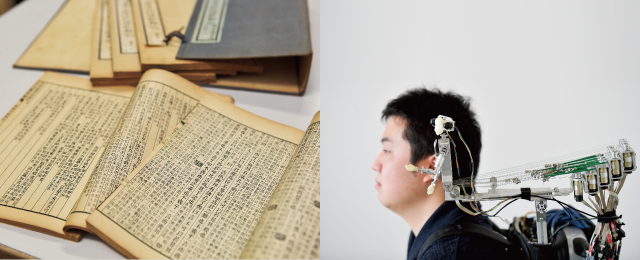







Home > Research > Research Overview > 2015 > Faculty of Education, Art and Science
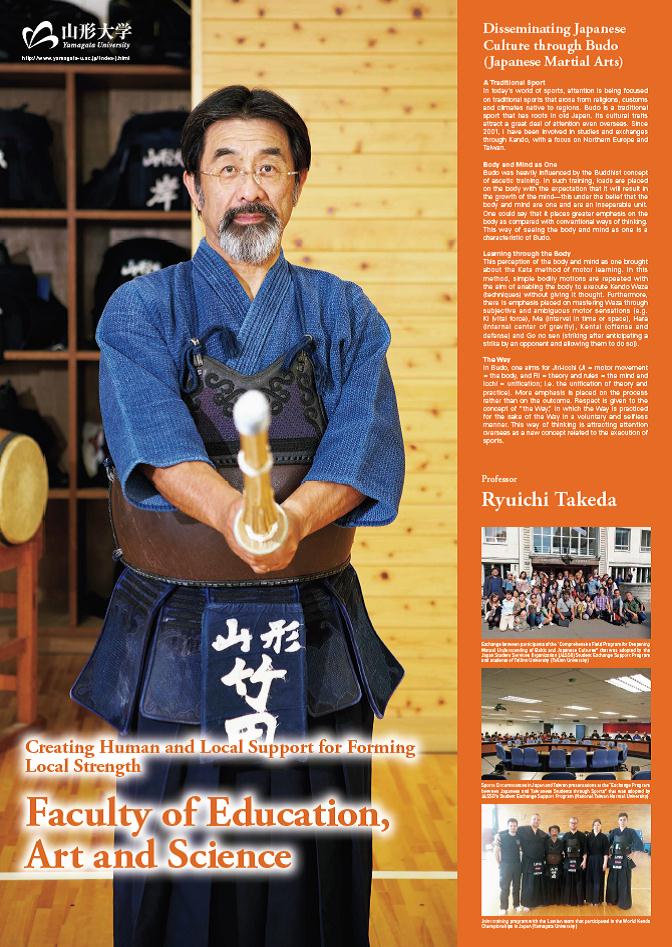
Ryuichi Takeda
Professor
Department of Education, Art and Science
Faculty of Education, Art and Science
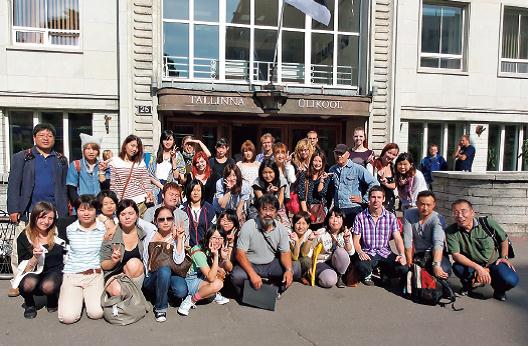
▲Exchange between participants of the "Comprehensive Field Program for Deepening Mutual Understanding of Baltic and Japanese Cultures" that was adopted by the Japan Student Services Organization (JASSO) Student Exchange Support Program and students of Tallinn University (Tallinn University)
In today's world of sports, attention is being focused on traditional sports that arose from religions, customs and climates native to regions. Budo, a group of traditional fighting sports, has its roots in old Japan. Its cultural traits attract a great deal of attention even overseas. Since 2001, I have been involved in studies and exchanges through Kendo, with a focus on Northern Europe and Taiwan.
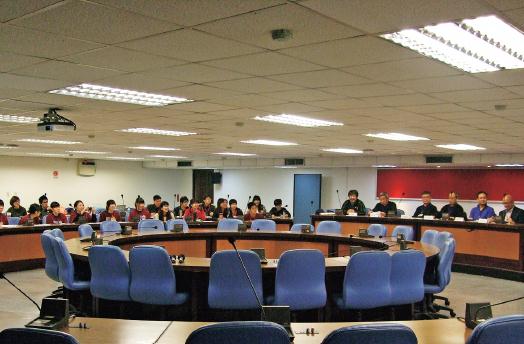
▲Sports Circumstances in Japan and Taiwan presentations at the "Exchange Program between Japanese and Taiwanese Students through Sports" that was adopted by JASSO's Student Exchange Support Program (National Taiwan Normal University)
Budo was heavily influenced by the Buddhist concept of ascetic training. In such training, loads are placed on the body with the expectation that it will result in the growth of the mind—this under the belief that the body and mind are one and are an inseparable unit. One could say that it places greater emphasis on the body as compared with conventional ways of thinking. This way of seeing the body and mind as one is a characteristic of Budo.
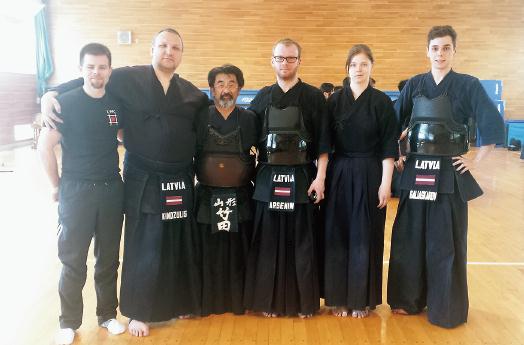
▲ Joint training program with the Latvian team that participated in the World Kendo Championships in Japan (Yamagata University)
This perception of the body and mind as one brought about the Kata method of motor learning. In this method, simple bodily motions are repeated with the aim of enabling the body to execute Kendo Waza (techniques) without giving it thought. Furthermore, there is emphasis placed on mastering Waza through subjective and ambiguous motor sensations (e.g. Ki (vital force), Ma (interval in time or space), Hara (internal center of gravity), Kentai (offense and defense) and Go-no-sen (striking after anticipating a strike by an opponent and allowing them to do so).
In Budo, one aims for Jiri-icchi (Ji = motor movement = the body, and Ri = theory and rules = the mind and Icchi = unification; i.e. the unification of theory and practice). More emphasis is placed on the process rather than on the outcome. Respect is given to the concept of "the Way," in which the Way is practiced for the sake of the Way in a voluntary and selfless manner. This way of thinking is attracting attention overseas as a new concept related to the execution of sports.